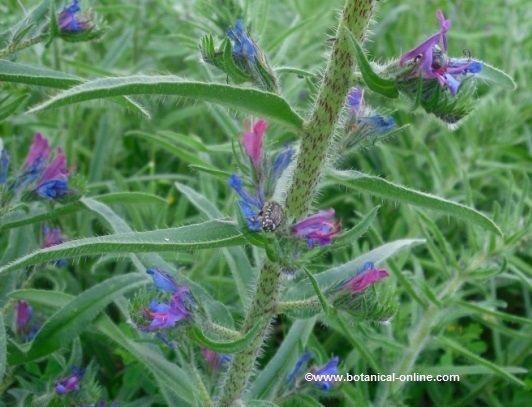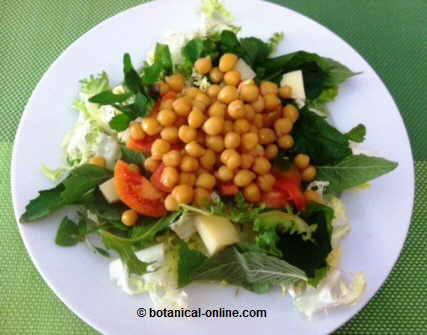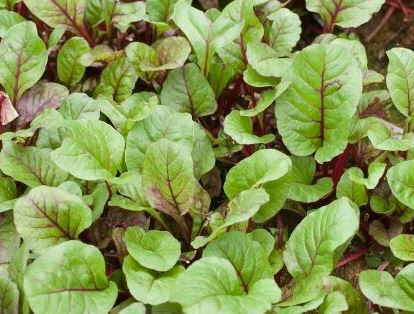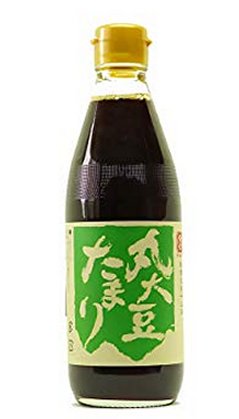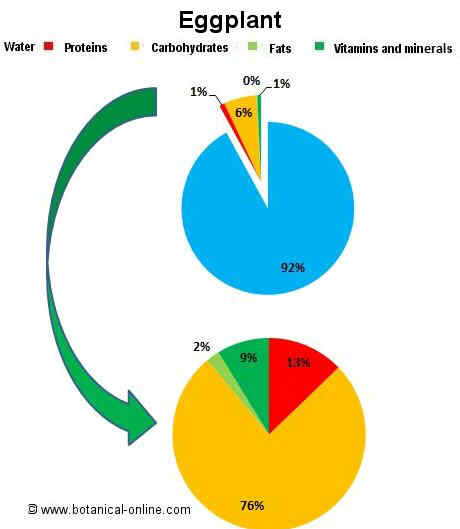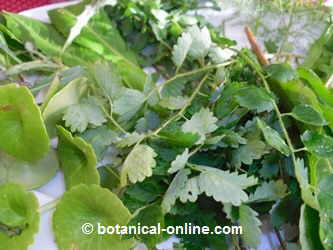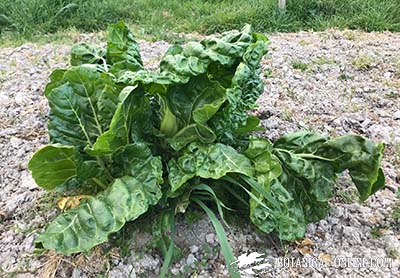Contents
- 1 Edible benefits of corn flour
- 1.1 PROPERTIES, USES AND CONSERVATION OF CORNMEAL AND CORN FLOUR
- 1.2 What is is cornmeal?
- 1.3 What is corn flour?
- 1.4 NUTRITIONAL PROPERTIES OF CORN FLOUR
- 1.5 Corn flour for celiac
- 1.6 Corn flour needs to be supplemented
- 1.7 What are the main nutrients of corn flour?
- 1.8 What is corn flour used for?
- 1.9 Corn flour in America
- 1.10 Corn flour in Africa
- 1.11 Preservation and storage of maize flour
- 1.12 Composition of corn flour per 100 gr.
Edible benefits of corn flour
PROPERTIES, USES AND CONSERVATION OF CORNMEAL AND CORN FLOUR
What is is cornmeal?
Besides eating the tender or dried beans of corn or using the corncobs as a fresh vegetable, corn grain is ground to extract cornmeal.
Cornmeal is a fine or coarse dust, obtained from the milling of dry corn grain.
It can be whole, so that, it has a yellow color, or refined in which case is white. This consists mainly of starch and zein, a type of protein.
Corn germ and corn bran have been removed in the process so as to make this product more stable and finer. So, we have to distinguish between:
- Cornmeal: Dent corn, yellow or white, without germ or bran.
- Stone-ground cornmeal: Dent corn with germ and bran. Coarser than cornmeal. It is a whole grain variety with superior quality nutritionally speaking but it becomes rancid more quickly than ordinary cornmeal.
What is corn flour?
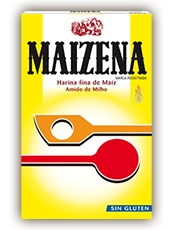 It is cornmeal that has been finely ground
It is cornmeal that has been finely ground
NUTRITIONAL PROPERTIES OF CORN FLOUR
Corn flour for celiac
The main advantage of corn flour over other flours such as wheat, barley, rye or oats, is the fact that corn flour is lacking of gluten so it is suitable for people with celiac disease or gluten intolerance.
This allows you to prepare a series of dishes that are suitable for this type of patients.
Moreover, because of lack of gluten, it can not be used as flour exclusive ingredient in the manufacture of bread if not combined with other bread flours (wheat, barley, rye or oats) This implies that corn flour has not been used as basic “bread” in some cultures that, as explained below, use different techniques to get their digestibility.
Corn flour needs to be supplemented
Corn flour presents, like the grain of this plant, deficiencies in amino acids, so,quite often, supplements are added to increase the nutritional properties, especially tryptophan.
What are the main nutrients of corn flour?
Furthermore, as shown in the table below, this type of flour is a good source of carbohydrates, minerals (magnesium, phosphorus, iron, selenium and zinc) vitamin B, thiamine especially vitamin E and vitamin A.
Corn flour preferred by the consumer is the white one, which, when not fortified, lacks vitamin A and fiber, as both components disappear in the refining process.
What is corn flour used for?
In most countries of Western World, corn flour is used in the food industry for the preparation of sugar to sweeten food.
As a food ingredient, is listed in the composition of some breads and in the processing of baked goods, along with the flour of other cereals. It is added to cakes because it increases its texture and provides sugars which are very attractive to the consumer.
When it is finely ground and germ is separated, it is obtained what it is commonly called corn starch or maize starch. With the separation of the germ, we ensure that the product does not have as much tendency to turn rancid. In some places “cornstarch” is called to any cornmeal, yellow or white, whether or not with the germ content. Cornstarch is a good thickener for stews and pastas.
Coarsely ground, you get a coarser type of flour used in making known dishes such as polenta, a kind of stew that is prepared in Italy, or gofio, made from cornmeal, wheat and roasted barley and very common in the food of the Canaries, or South American nations such as Argentina, Costa Rica and Uruguay.
Corn flour in America
Corn flour is a basic component in the diet of many American and African countries. With cornmeal the famous Mexican tortillas are generally made, made from flour and water, without yeast.
Why is corn flour treated with lime?
They can also be made with wheat flour, although it is more common to prepare them with cornmeal.
Traditionally they are performed in boiling the mass in quicklime. This process achieves softening point, while the shell is removed. From the resulting mass, after the impurities are separated, cakes are made. This traditional method has been replaced in large cities by industries that produce the product in a mechanized or prepare lime flour industrially so they can be taken at home.
The properties of the lime-treated mass vary, especially in regard to the increase of calcium and amino acids qualities. Through this resource, we ensure that the body can better assimilate niacin so it prevents people who are fed with cornmeal treated with lime to be less likely to become sick with pellagra. Moreover, this process provides most of the percentage of calcium to its consumers.
This mass of treated corn flour is the basis of many Mexicans and Californians preparation. In Mexico corn, along with rice, cheese, and hot peppers, is the staple food. With corn cakes they prepare enchiladas (rolled dough over a filling of cheese, meat or beans seasoned with spicy sauce), enfrijoladas (The old roll is covered with a sauce made with beans cheese) toasts (the dough is fried and added over beef, tomatoes, lettuce or beans) and other dishes, such as quesadillas (the paste is prepared baked with cheese) or panuchos.
In Colombia and Venezuela, arepas are prepared. They are roasted corn cakes which have been separated from the bran and germ.
Corn flour in Africa
In Nigeria, they prepare ogi , which is obtained from the fermentation of cornstarch for 2 or 4 days, after the grain has been ground and cleaned. With the obtained paste, they can make porridge or can bake it. This same product is called uji in Kenya and koko in Ghana.
Preservation and storage of maize flour
Corn meal, especially the whole one, because it contains essential fatty acids, is very likely to become rancid in contact with sunlight or heat. When this happens, it does not only lose its qualities but it also develops food odors and bad taste, making it virtually unusable.
When flour is poorly maintained, it can develop aflatoxins which are waste products mainly produced by Aspergillus fungi, substances that have proven to be very harmful to health, in both humans and animals. They present toxic effects on the nervous and immune systems and play an important role in the development of liver cancer.
Therefore, it is important to keep the cornmeal in a tightly closed, dry and dark place away from light and fresh. This is particularly suitable for the whole cornmeal. It would be advisable to keep it in the fridge
Composition of corn flour per 100 gr. | ||
Component | Whole, yellow | White, enriched |
10, 9 gr. | 9, 03 gr. | |
Calories | 361 Kcal | 365 Kcal |
3, 8 gr. | 3, 78 gr. | |
6, 9 gr. | 9, 34 gr. | |
76, 8 gr. | 76, 02 gr. | |
13, 4 gr. | 9,6 gr. | |
315 mg | 298 mg | |
272 mg | 223 mg | |
2,3 mg | 7, 21 mg | |
5 mg | 5 mg | |
0,46 mg | 0, 48 mg | |
93 mg | 110 mg | |
7 mg | 141 mg | |
1, 7mg | 0, 7 mg | |
15, 4 mcg | 15 mcg | |
0 | 0 mg | |
469 UI | 0 UI | |
Vitamin B1 (Thiamin) | 0, 246 mg. | 1, 42 mg |
Vitamin a B2 (Riboflavin) | 0, 080 mg | 0, 75 mg |
0, 25 mg | 0, 25 mg | |
Niacin | 1, 9 mg | 9, 8 mg |
![]() More information on corn.
More information on corn.

